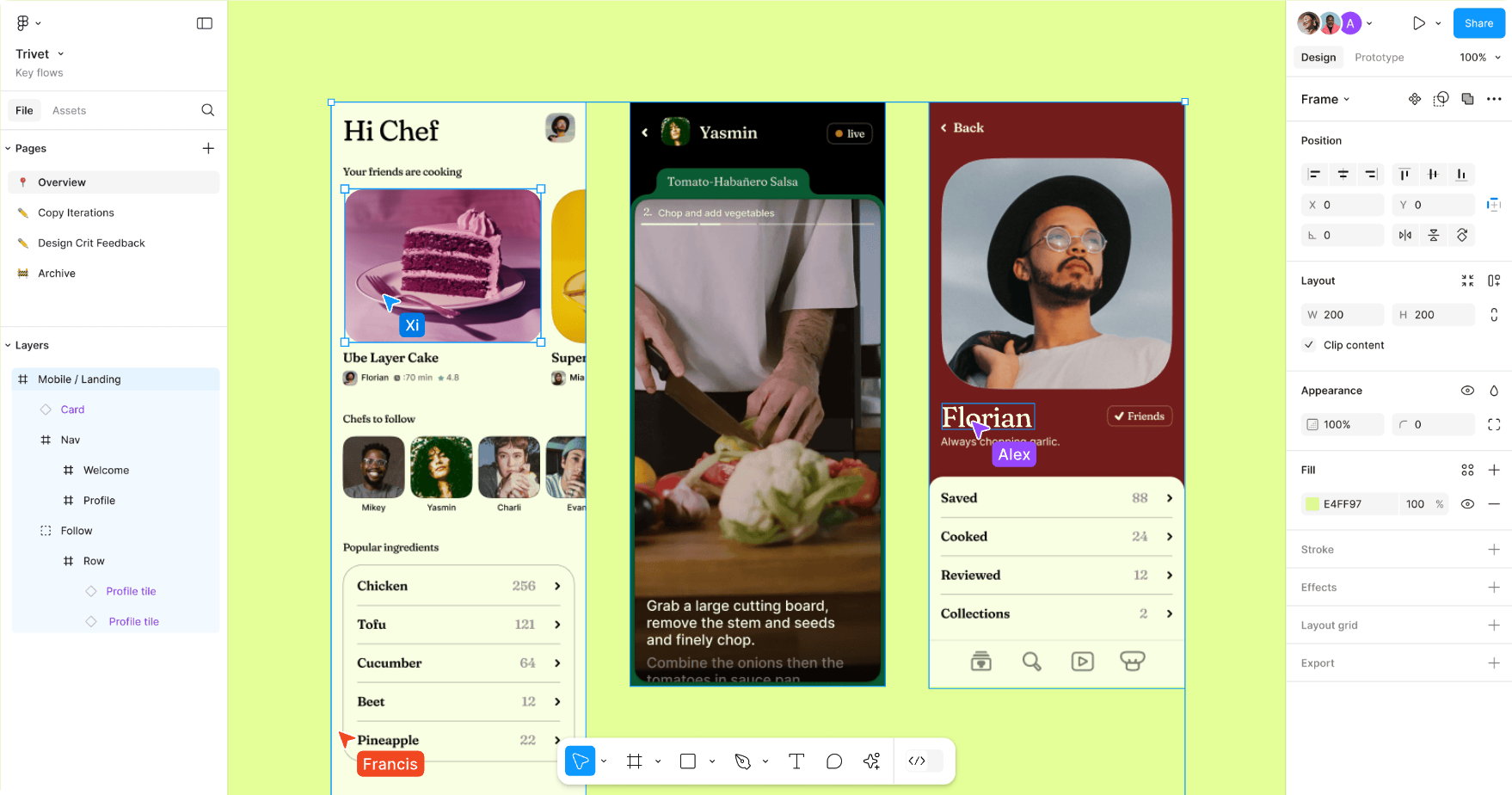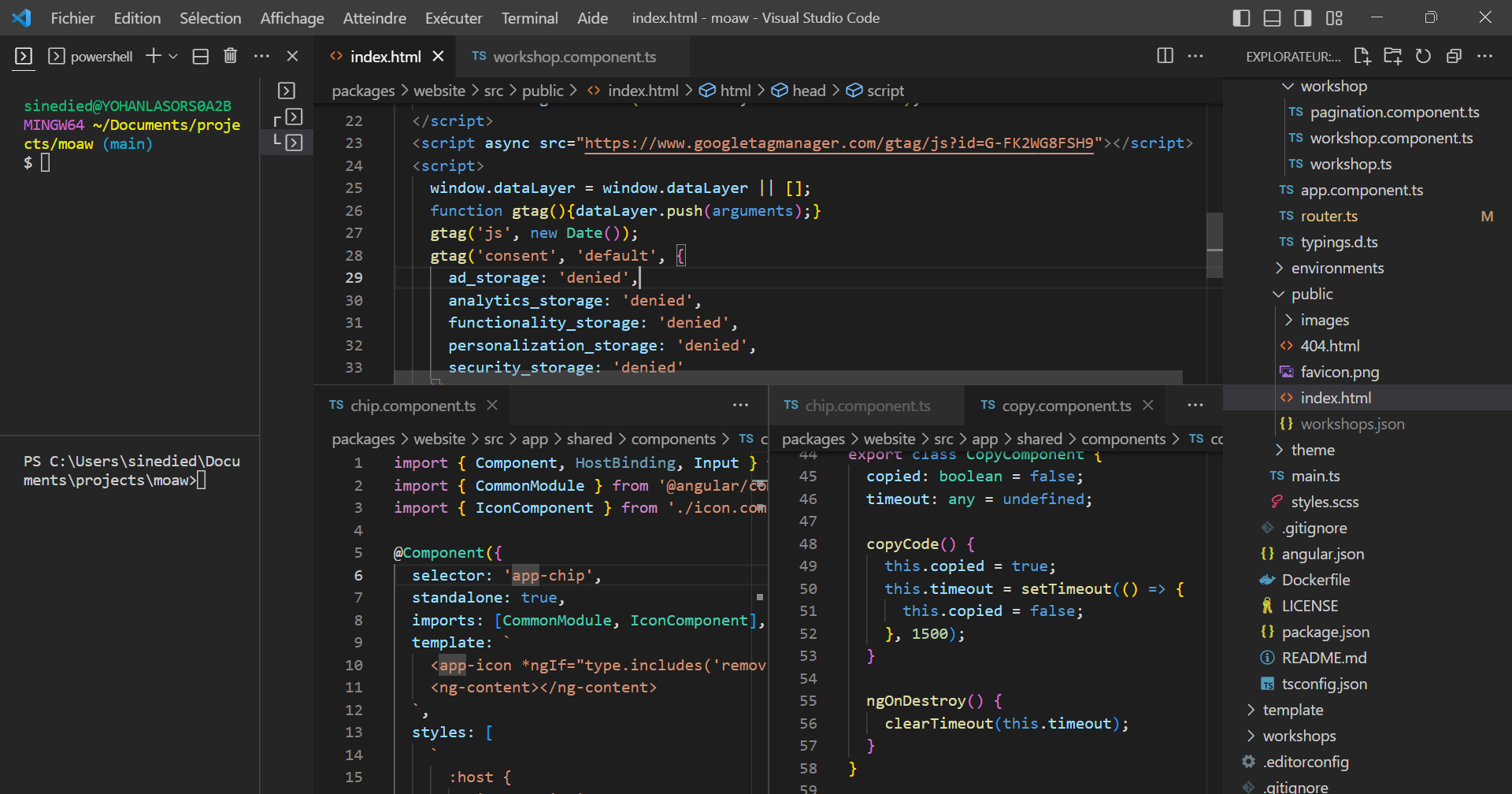Learning to Code Isn't the Biggest Hurdle
Surprisingly, the actual programming part—writing HTML, CSS, maybe some JavaScript—isn't the hardest hurdle. There are tons of tutorials out there, and modern design tools are getting closer to how you'd style components in code. On YouTube, you can find loads of tutorials, and if you prefer to read, there are some great blogs and reference sites like [MDN.
The first real challenge is figuring out the tools. If you're a UX designer today, you're probably spending most of your time in Figma. As you move more towards engineering, you'll need to get used to new tools.

Setting up an IDE like VS Code with some plug-ins doesn’t take long but is very different from Figma. Then there's the whole environment setup and getting your head around version control systems like Git, where you'll have to type cryptic commands into a terminal just to get things running. For someone who's never touched the command line, that can be pretty intimidating. Especially for designers who haven't worked with version handling beyond naming files "final_design_v3_final.psd."
